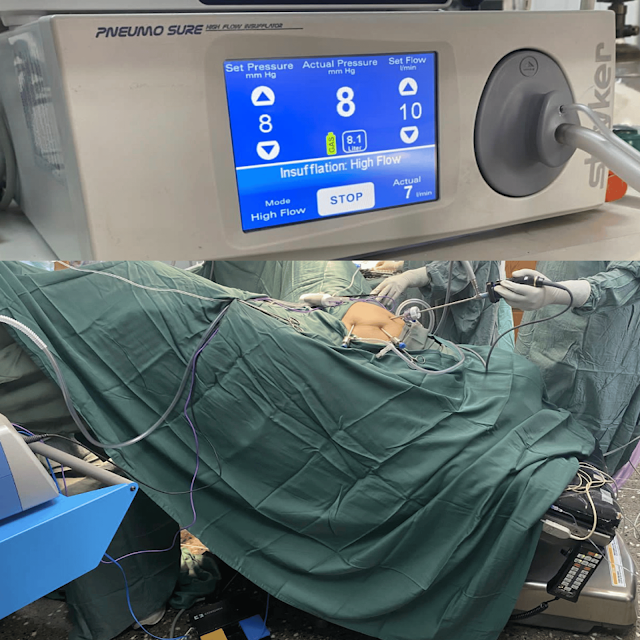Penile implants for men
Penile implants, also known as penile prostheses, are devices inserted into the penis to help men with erectile dysfunction (ED) achieve an erection suitable for sexual intercourse. They are often recommended when other treatments such as medication or vacuum erection have failed. There are many types of implants, but they all serve the same purpose; It is to restore sex and pleasure in men with ED. Self-contained inflatable.
1. **Semi-rigid implants:** These implants consist of a rod that is surgically inserted into the penis . The frame is still intact and allows grasping of the genital area for sexual intercourse. Although they provide a permanent solution to ED, some men find that they feel better with other types of implants.
2 ** Inflatable implants are the most common type and provide a more natural-looking erection. They have two cartridges that are inserted into the penis , the reservoir is inserted into the abdomen and the pump is inserted into the scrotum or groin. When the pump is turned on, fluid from the reservoir fills the cylinder, creating an erection. After sexual activity, the pump is deactivated, allowing the fluid to return to the reservoir and the sperm becomes flaccid again.
3 **Inflatable Implants:** This type of implant combines the material of the implant into a device that is implanted into the penis . It eliminates the need to separate water and ensures that the process is flawless. However, it will not provide the same level of rigidity as an inflatable tree. Recovery time varies, but most men can resume sexual activity 4 to 6 weeks after surgery. Better sex.
However, they are not risk free . Complications include infection, mechanical failure, erosion of the implant through the skin, and reduction of the genital area. Investigate the cause and explore alternative treatments. It is important to have realistic expectations and understand the benefits and risks of surgery. But for many men, the improvement in quality of life and sexual function outweighs the cost. They come in many forms, each with their own advantages and considerations. Despite its risks, satisfaction is high and can improve the lives of men affected by ED and their partners.

.jpeg)



.jpeg)











.jpeg)